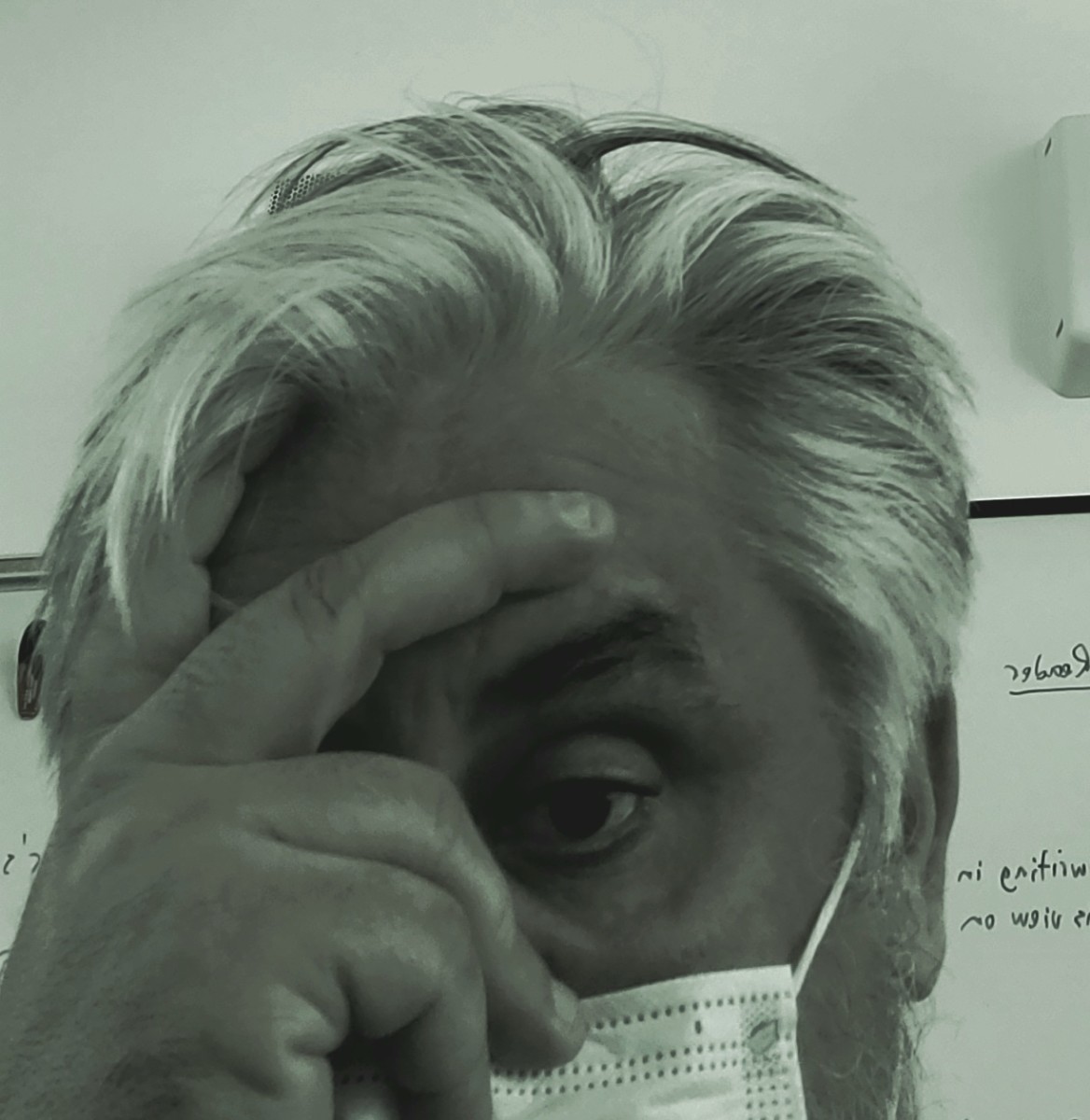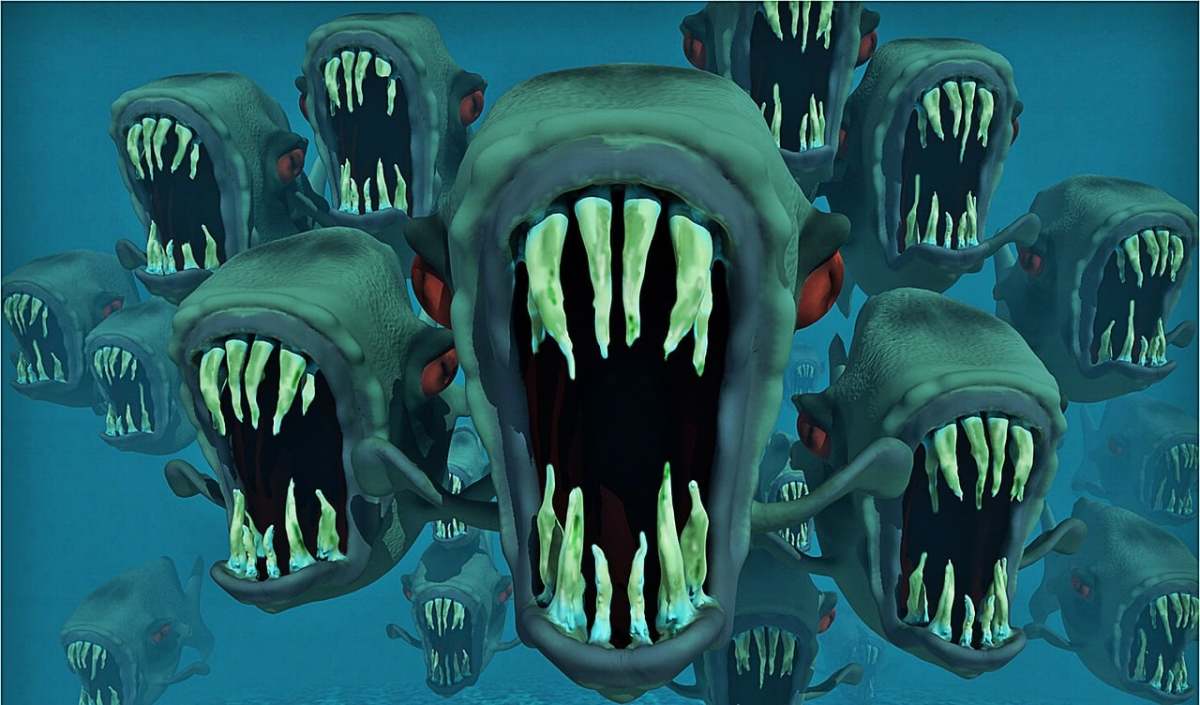Essay on Autism and Comorbidity with Anxiety Disorders

Autism Spectrum Disorders (ASD's) are often found to have a comorbidity with anxiety Disorders. Some studies have shown that as many as 84.1% of high functioning autistic people also suffer from an anxiety Disorder, and as many as 63.6% from a specific phobia (Chalfont, Rapee, & Carroll, 2006). This is not surprising given that autistic individuals often experience high levels of anxiety while engaged in activities that are considered normal for others. It is, however, alarming to some considering that one of the most popular forms of treatment for anxiety Disorders, cognitive behavior therapy (CBT), is often not used to treat those suffering with autism.
People living with autism (especially children, which this paper focuses on) have a limited ability to analyze their own thoughts, which is an essential skill in order to benefit from CBT. This concept, known as Theory of Mind Impairment is the ability to identify emotions and cognitions in self and others (Chalfont et al), and this impairment greatly limits people suffering from ASD to engage in the cognitive part of CBT. Children with Autism Spectrum Disorders can however benefit from cognitive behavior therapy as is detailed in the following studies. Two of the studies follow children with an Autism Spectrum Disorder comorbid with an anxiety disorder, and one follows children with an anxiety disorder that has similar neurological traits to Autism (Obsessive Compulsive Disorder).
Obsessive Compulsive Disorder (OCD) is one of the most commonly diagnosed psychiatric disorders in the country and affects about 2% of children with ASD (Lehmkuhl, Storch, Bodfish, Geffken, 2007). OCD is characterized by obsessive thoughts that focus on a perceived negative stimulus, and corresponding compulsive actions enacted to alleviate the distress of said stimulus. The relief is only temporary, but is enough to negatively condition the subject to do it again in the future. (Martin & Thienemann, 2005). Traditionally, OCD is treated with a combination of CBT and Exposure and Response Prevention. The latter treatment method is popular for those suffering from phobias and involves exposing a subject to their feared stimulus and then having resist the urge to flee or otherwise nullify the stimulus often through the use of coping statements such as “I know that nothing bad will happen.”
Though OCD is classified as an anxiety disorder, growing evidence supports the notion that it is a neuropsychiatric disorder (Martin & Thienemann) similar to autism in that certain channels within the brain are weakened, resulting in differences in white and grey matter as compared to a normal brain. The evidence of a neurological cause is supported by the fact that medication will aleiviate the symptoms of OCD, but will allow them to return as soon as the medication usage ceases. This does not explain, however, why CBT and ERP sessions are able to have lasting effects on symptoms even after the therapies are over. (Martin & Thienemann).
In the study by Lehmkuhl et al, researchers followed the treatment of a boy (dubbed Jason for the study) with comorbid OCD and ASD. OCD is often difficult to diagnose in children with ASD because Autism involves a number of repetitive behaviors, and even those with High Functioning Autism have difficulties observing and reporting on their own cognitions. However, cleaning, checking, and counting behaviors are not usually found in those with ASD but are in those with OCD (Lehmkuhl et al). Furthermore, OCD is an egodystonic disorder causing great distress to its sufferers, whereas ASD is not. Given the level of distress Jason was showing, coupled by his preoccupation with germs and cleanliness, he was diagnosed with OCD at the age of 11 (which is late in life for such a diagnosis). (Lehmkuhl et al).
-
Jason received ten 50 minute sessions of cognitive behavior therapy over the course 16
weeks. The cognitive part of the therapy was altered to meet Jason's needs. Due to his level of theory of mind impairment, Jason was not able to identify specific obsessions which meant that he could not engage in restructuring activities or imagined exposures. Jason’s exposure and response prevention training was started early also, since there was no reason to prolong the cognitive part of the treatment (Lehmkuhl et al).
One potential criticism of this study is that with so little cognitive part of Jason's therapy, one might wonder in what ways it qualifies as CBT at all. Without cognitive focus, it becomes simply behavior therapy which is commonly used to teach individuals with intellectual disabilities and autism how to function in day to day society, and is not at all groundbreaking or new. Additionally, the researchers reported that they used a behavioral reward system to minimize ritual behaviors that may be caused by other behavioral problems associated with ASD. This may present a confounding variable inasmuch as it is another form of treatment being done alongside the CBT. It may however, have been done to account for the confounding variables of other behavioral problems causing OCD-like symptoms. (Lehmkuhl et al) Since the researchers did not elaborate on this, it cannot be determined one way or the other.
One more behaviorism technique used was the method by which researchers accommodated Jason's inability to track his obsessive thoughts. Though Jason was unable to observe and report on his own thoughts well enough for traditional CBT, he was able to observe his compulsive behaviors and kept track of these in a log. This was in lieu of a thought log that is often used in CBT for people with OCD. Not only can this be criticized as being purely behavioral, but it is only by luck that Jason's disorder has a corresponding behavior (compulsion) for every pathological thought (action) and does not support the notion that CBT would be effective for children with ASD and some other form of anxiety disorder other than OCD.
In the study by Chalfont et al, 47 children 8-13 years old who had been diagnosed with High Functioning Autism and a comorbid anxiety disorder were selected to undergo 2 hour weekly sessions of CBT for 12 weeks. Of the 47, 19 were put on a waitlist control group, while the other 28 received treatment immediately. That their anxiety disorders’ symptoms were separate from their autism symptoms was determined by the Anxiety Disorders Interview Schedule for the DSM-IV. The children, their parents, and their teachers all gave reports on the children's level of anxiety and it's affect on their lives. Parent's reports trumped the children's reports when there was a discrepancy between the two. (Chalfont et al)
Unlike in Jason's treatment, these children learned restructuring exercises and their overall treatment retained most of the cognitive parts of CBT than his did. The only behavioristic modification seemed to be a focus on the precise symptoms of their anxiety rather than their specific anxiety disorders. After treatment, 71.4% of the children in the CBT group no longing fit diagnostic criteria for an anxiety disorder. The researchers believe the use of family intervention in the therapy played a large role in this high success rate. They cited other studies that used family intervention coupled with CBT as having a range of 64-84% of subjects no longer fitting criteria, whereas studies without family intervention had a range of 54-73%. (Chalfont et al)
The importance of family intervention, according to researchers, is so that the therapy generalizes to other aspects of the children's lives. For this reason, the children's teachers were also provided instructions for their treatment. (Chalfont et al). This difference in success based on parent inclusion in treatment brings up an interesting topic for further research. It seems obvious that young children and adolescents would do better with their parents supporting them, not simply because they are autistic but because they are too young to engage in the cognitive parts of CBT. Children in general, not just autistic ones, have a lower ability to observe and analyze their own thoughts than adults do. In fact, the children in the Chalfont et al study were administered the Children's Automatic Thoughts Scale, on which they all performed satisfactorily indicating that they have a normal level of thought identification for their age. (Chalfont et al) Thus the effects of parental involvement in treatment of at least higher functioning autistic children may be no different than they would be for non-autistic children. That is not to say they are not beneficial, but that it has little to do with the children's theory of mind impairment.
In one final study conducted by Martin & Thienemann, 14 children with OCD ages 8-14 received 14 week group therapy sessions along with their parents with 4 to 6 families in each group. Of these children, 25% improved from moderate-severe to mild-moderate. It is important to say here that this study did not have stringent participation criteria and that many of the subjects also met the criteria for a number of other disorders (36% had AD/HD, 29% had a Pervasive Developmental Disorder or Non-Verbal Learning Disorder, 14% had Trichotillomania, 14% had a Specific Phobia, 7% had Social Phobia, and 7% had Tourette's Syndrome). Also, 64% of participants were taking serotonin reuptake inhibitors and 28% were taking stimulants for AD/HD. All of these factors may present confounds to the study and must be kept in mind. (Martin & Thienemann).
The study was operating on the notion that OCD is a neuropsychiatric disorder, with brain connections altered in ways similar to autism. The study gave evidence supporting the notion for a neurological cause by explaining that OCD diagnosed in prepubescents is harder to treat than in those diagnosed after puberty and must therefore affect the brains structure in someway to account for this resistance to treatment. Children diagnosed before puberty are more likely to have tics and have a family history of the illness, possibly indicating a genetic cause. The study also supported the belief in Pediatric Autoimmune Neuropsychiatric Disorders Associated with Streptacoccal Infections (PANDAS) as a cause for OCD. In short, this is the belief that streptacoccus infections in children can affect brain activity and development causing a number of disorders of which OCD is one. (Martin & Thienemann)
One again, in this study, and emphasis was put on the effectiveness of having parents involved in treatment. Parents underwent CBT training separate from their children during the entire study and were educated on how to help their children practice the therapy. Reason's for this were mostly the same as in the previous two studies (generalization and children's lack of cognitive development), but also included a belief that families of children with OCD did not feel their children were competent and that this would impede treatment. These competence issues needed to be addressed by having the parents be a part of the therapy in order for treatment to be effective. (Martin & Thienemann) Unfortunately, the researchers do not elaborate on why they feel this is the case, leaving much speculation about this claim.
It is of interest to note that the study, not involving autistic children, still asserts that children lack an ability to examine their own thoughts and require parental help for CBT to be effective. This supports the previous claim that autism has little to do with the effectiveness of CBT on children, and that it is the maturity level that has more of an impact on treatment. This seems especially true in light of the Chalfont et al study in which children with ASD were quite capable when taking the CAT test.
Cognitive behavior therapy has traditionally not been used on children with Autism Spectrum Disorders due to the neurological deficits these children have. However, recent research has indicated that these deficits may not play as great a role in the lives of High Functioning Autistic children as has previously been thought. Furthermore, CBT is the primary form of therapy for children with Obsessive Compulsive Disorder, another disorder believed to involve a level of neurological impairment.
If one neurological disorder can benefit so well from CBT, it begs the question of whether another can. In response to this, one might argue that OCD is egodystonic and that those suffering from it are capable of realizing that something is wrong in theme, whereas Autistic children cannot. But it is important to keep in mind that OCD has a neurological as well as a cognitive component, being classified as an Anxiety disorder and not an Axis I disorder along with autism. Autism itself is not the proposed target of CBT in these studies, but rather a comorbid anxiety disorder, which would cause great distress and therefore be egodystonic. Therefore two types of mental illness are presented: a disorder with a neurological and cognitive component for which psychologists commonly advocate CBT as a form of treatment, and a neurological condition comorbid with an anxiety disorder for which psychologist do not advocate CBT as a form of treatment. All of this being contingent on the notion that those with the latter condition cannot examine their own thoughts.
As the Chalfont et al study demonstrated, those in the latter group can in fact identify and examine their own thoughts (at least as well as other children their own age) granted that they are of a high functioning level within the autism spectrum. Furthermore, as the Luhmkuhl et al study showed, even with an impairment of thought examination, behaviorist methods supplemented by cognitive therapy that is geared toward the child's own capabilities still yield positive results in reducing symptoms of an anxiety disorder.
Works Cited
Lehmkuhl, Heather D.; Storch, Eric A.; Bodfish, James W.; Geffken, Gary R. Brief Report: Exposure and Response Prevention for Obsessive Compulsive Disorder in a 12-Year-Old with Autism. Journal of Autism and Developmental Disorders, v38 n5 p977-981 May 2008. 5 pp
Chalfant, Anne; Rapee, Ron; Carroll, Louisa. Treating Anxiety Disorders in Children with High Functioning Autism Spectrum Disorders: A Controlled Trial. Journal of Autism and Developmental Disorders, v37 n10 p1842-1857 Nov 2007. 16 pp.
Martin, Jacqueline L.; Thienemann, Margo. Group Cognitive-Behavior Therapy with Family Involvement for Middle-School-Age Children with Obsessive-Compulsive Disorder: A Pilot Study. Child Psychiatry and Human Development, v36 n1 p113-127 Sep 2005. 15 pp.








